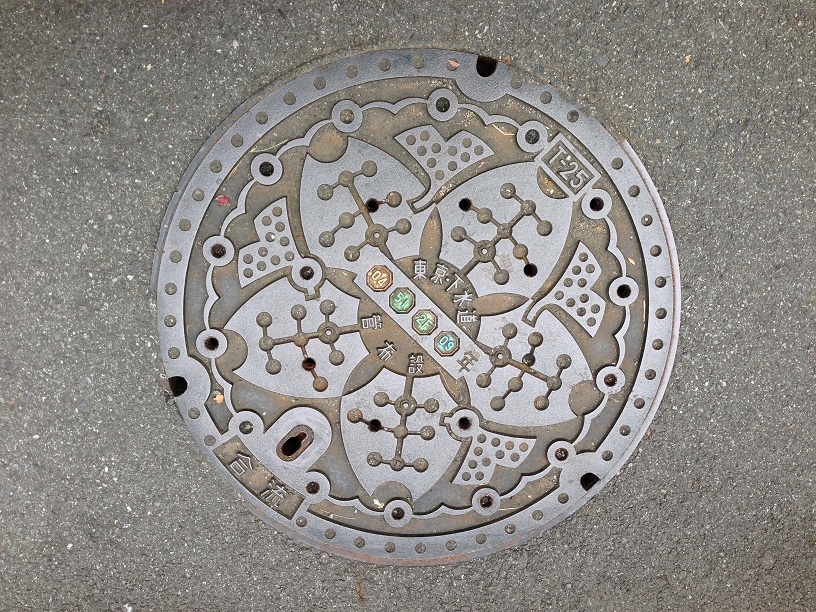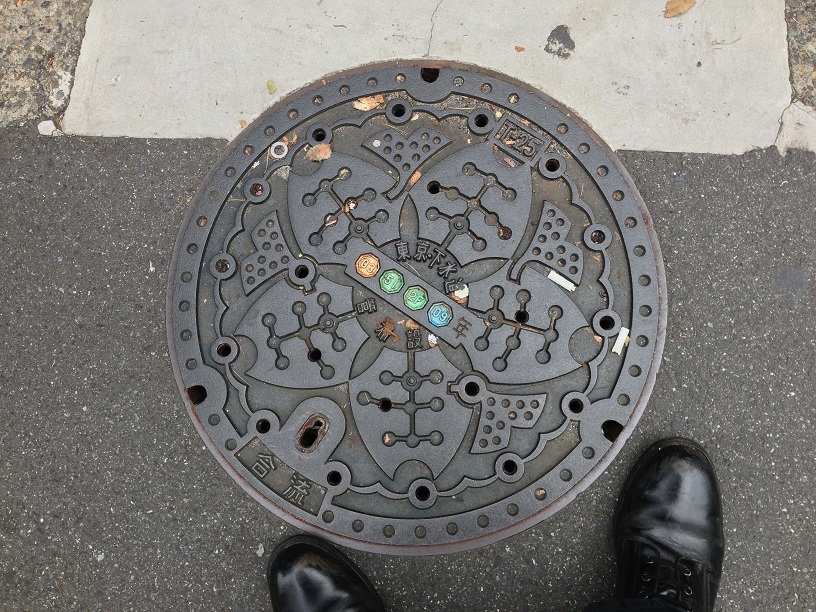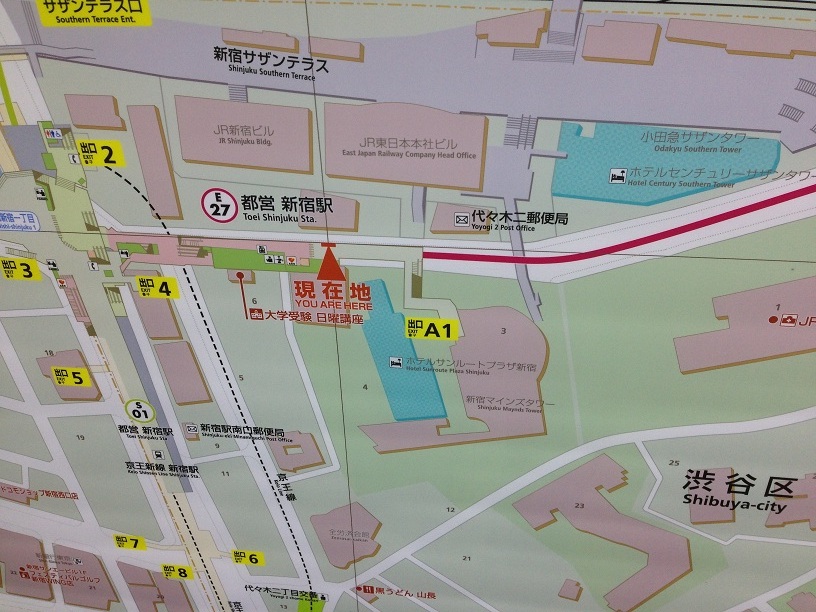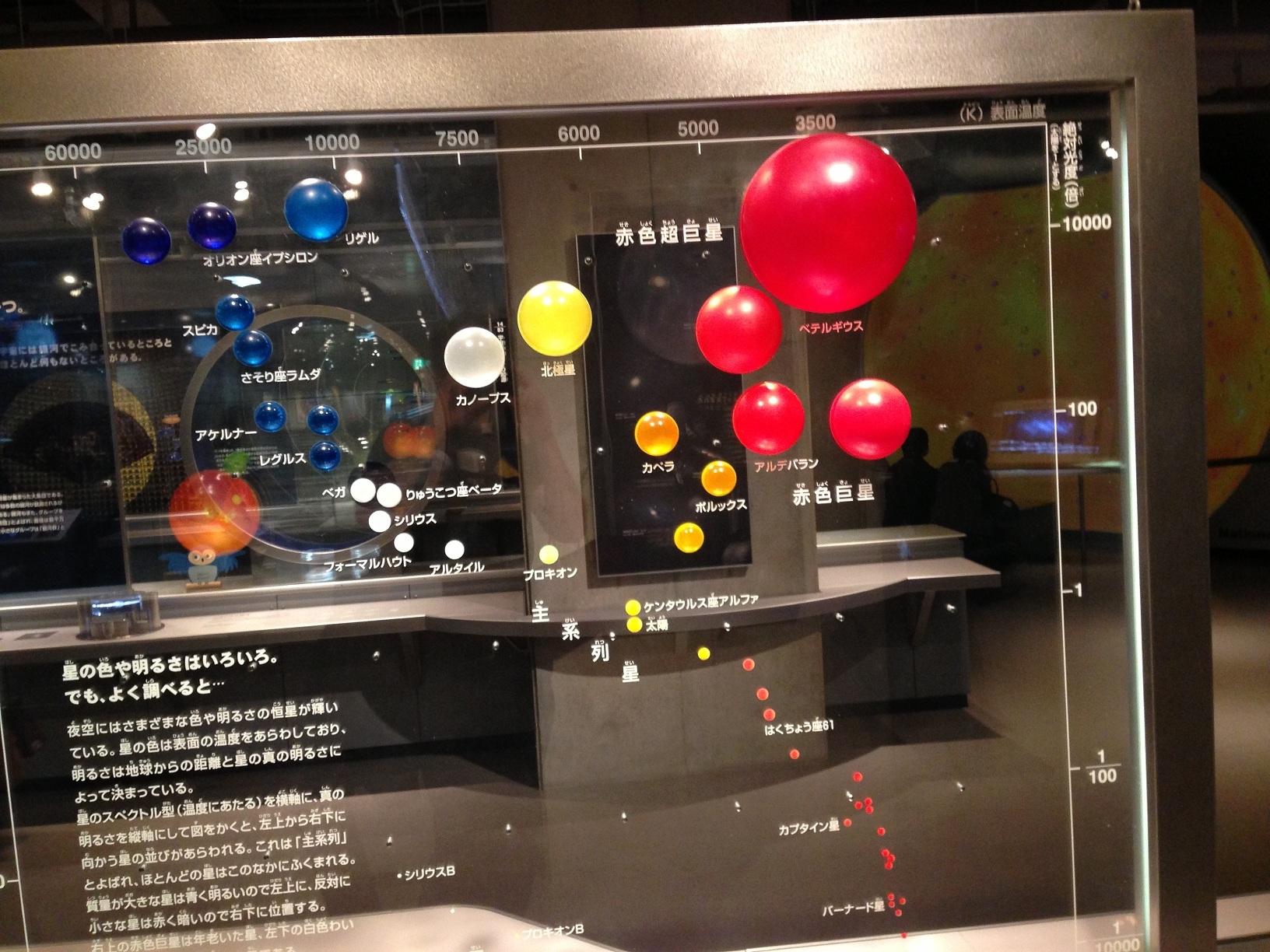Often a difficult decision: Do you purchase the construct, which you may or may not be able to use multiple times, or do you purchase the more powerful hero, which you will be able to user every time?
How often you will be able to use a construct depends mainly on the other players in the game. In a four-player game, with identical players, you would expect your opponents to defeat the construct-destroying monsters three times as often as in a two-player game.
This article will concern itself with the two-player game.
Assuming a 20-round game, with each player purchasing one card per hand (and defeating the relevant monsters which appear).
There are two monsters in CotG which can destroy your opponent’s constructs:
Corrosive Widow (4 power, each opponent destroys one construct) [4 copies]
Sea Tyrant (5 power, each opponent destroys all constructs but one) [3 copies]
So of the 100 cards in the deck, 7 of them allow you to destroy some (or all) of your opponents constructs.
In a 20-round 2-player game, with 20 purchases per player (15 center row + 5 Mystic/Heavy Infantry), 30/72*28 = 11-12 monsters will appear, or about 3 construct-destroying monsters.
So you would acquire your construct, spend between 2 and 4 rounds waiting to play it, then every 7 rounds, you may be forced to destroy it. For the sake of argument, we’ll assume 3 rounds of waiting, followed by 4 rounds until it is destroyed, meaning a construct (if purchased before the last 7 rounds of the game) will be played once and used 3 times more.
Now, some comparisons:
The All-seeing Eye (6 runes/2 honour construct, draw one card per turn)
Ascetic of the Lidless Eye (5 runes/2 honour, draw two cards)
I’m comparing the All-seeing Eye to Ascetic of the Lidless Eye because they have the same effect of +1 card overall.
Interestingly, if you get to use a construct 4 times, the construct is about 4 times as powerful, for only one more rune in cost (although that is 5->6 runes, which is difficult to do, especially in early game). Our playtesting agrees with this assessment. We actually removed this construct from our games because it was far too unbalancing if purchased and played early (our games tend to be ‘friendlier’, with less deliberate defeating of monsters to destroy the other player’s constructs, and two-player, which would exacerbate these effects).
(Commenting on the rune:honour ratio of individual cards is for a later post.)
Comparison 2, +power constructs:
Militia (0 runes (assumed)/0 honour, add one power)
Shadow Star (3 runes/2 honour construct, add one power)
Yggdrasil Staff (4 runes/2 honour construct, add one power, can trade 4 runes for 3 honour)
Void Thirster (5 runes/3 honour construct, add one power, +1 honour for defeating a monster once/turn)
Demon Slayer (4 runes/2 honour, add three power)
Muramasa (7 runes/4 honour construct, add three power)
So, it looks like it’s plus 3 runes here to make the +1 power permanent (along with the requisite honour). (Similar to the difference on cost between Apprentice and Mystic and Landtalker.) In this case, 4×1 power is much less powerful (hah!) than 1×4 power, and these cards have never felt too overpowered to me. Perhaps Muramasa, but it’s rarely out until the endgame, and there are a lot of other quite powerful 7 rune cards.
Comparison 3, +rune construct:
Apprentice (0 runes (assumed)/0 honour, add one rune)
Snapdragon (5 runes/2 honour, add one rune, +1 honour for playing a lifebound hero once/turn)
The Snapdragon looks like it’s supposed to be the rune equivalent to the Void Thirster, but even during design of the first set, the designers noticed that runes are more powerful than power (hah again!); looking at the cost of Mystics and Heavy Infantry will show you this, amongst others.
I’ve found that Snapdragon, if you can keep it in play, is a less-subtle-than-you-think help, especially early game. I can understand why you wouldn’t have the 3- and 4- rune equivalents, as they would tend to crowd out other strategies (and be even that much easier to purchase in the first couple of turns).
A final note of comparison. Using the math from above (and previous analyses), we can assume that each rune and power produced by a construct or hero produces 1/2 of an honour point.
Looking at it again, under the following conditions:
No card banishing:
5,5 ->12 (2 completed turns ends with +2 cards, or 12 total)
5,5,2 ->14 (2 completed turns ends with +2 cards, or 14 total)
3,5,5,1 ->17 (3 completed turns, one carried over, ends with +3 cards, or 17 total)
4,5,5,3 ->20
2,5,5,5,3 ->24
2,5,5,5,5,2 ->29
3 (20 rounds)
Your construct would come out about 1.5 times, for 4 rounds each, and your hero would come out about 3 times, so your construct would be seen about twice as often.
Militia gives you 3 power, for 1.5 honour
Construct gives your 6 power, for 3 honour, at a cost of +3
Demon Slayer gives you 9 power, for 4.5 honour
Muramasa gives you 18 power, for 9 honour, at a cost of +3
Apprentice gives you 3 runes, for 1.5 honour
Snapdragon gives you 6 runes, for 3 honour, at a cost of +5
This feels slightly wrong, that the +1 power constructs don’t give you honour quite that often, so they’re probably pretty closely balanced with Snapdragon. Muramasa does actually feel 3 times as effective as the other constructs, so that’s fine. But all of this is based on so many assumptions, it should only be a guideline for whether you should purchase that construct at this stage in the game.

















